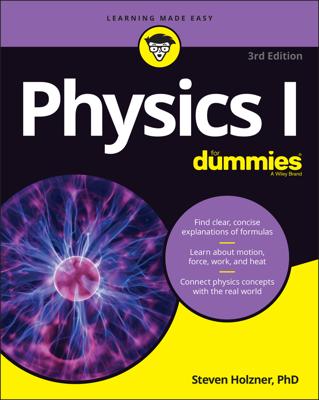With any theory, it’s typically easier to disprove it than to prove it, although one criticism of string theory is that it may have become so versatile that it can’t be disproved. This article assumes that string theorists can pull together a specific theory. Having a working theory in hand makes it easier to see how it could be proved wrong.
Violating relativity
String theories are constructed on a background of space-time coordinates, so physicists assume relativity is part of the environment. If relativity turns out to be in error, then physicists will need to revise this simplifying assumption, although it’s unlikely that this alone would be enough to cause them to abandon string theory entirely (nor should it).
There are theories that predict errors in relativity, most notably the variable speed of light (VSL) cosmology theories of John Moffat, and Andreas Albrecht and João Magueijo. Moffat went on to create a more comprehensive revision of general relativity with his modified gravity (MOG) theories. These theories mean that the current assumptions of string theory contain errors.
Even in this case, though, string theory would survive. Elias Kiritsis and Stephon Alexander have both proposed VSL theories within the context of string theory. Alexander went on to do further work in this vein with the “bad boy of cosmology,” João Magueijo, who is fairly critical of string theory as a whole.
Mathematical inconsistencies
Given that string theory exists only on paper right now, one major problem would be a definitive proof that the theory contained mathematical inconsistencies. This is the one area where string theory has proved most adaptable, successfully avoiding inconsistencies for more than 20 years.
Of course, scientists know that string theory isn’t the whole story — the true theory is an 11-dimensional M-theory, which has not yet been defined. Work continues on various string theory approximations, but the fundamental theory — M-theory — may still prove to be nothing more than a myth (yet another word the M could stand for).
One weakness is in the attempt to prove string theory finite. There is controversy over whether this has been achieved. (It appears that even among string theorists there’s a growing acknowledgement that the theory hasn’t been proved finite to the degree that it was once hoped it would be.)
To create his theory of gravity, Newton had to develop calculus. To develop general relativity, Einstein had to make use of differential geometry and develop (with the help of his friend Marcel Grossman) tensor calculus.
Quantum physics was developed hand in hand with group representation theory by innovative mathematician Hermann Weyl. (Group representation theory is the mathematical study of how symmetries can act on vector spaces, which is at the heart of modern physics.)
Though string theory had already spawned innovative mathematics explorations, the fact that scientists don’t have any complete version of M-theory implies to some that some key mathematical insight is missing — or that the theory simply doesn’t exist.

